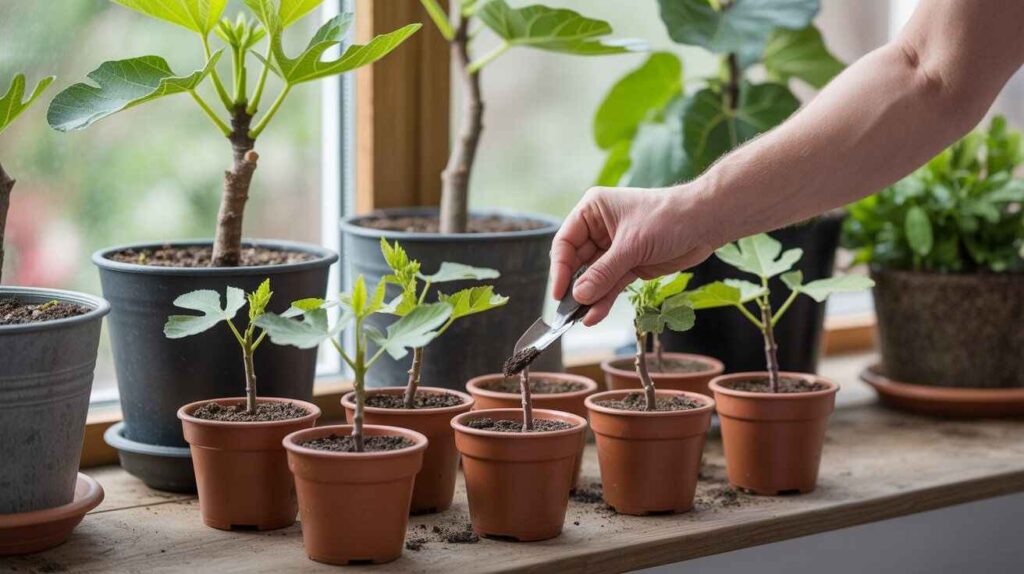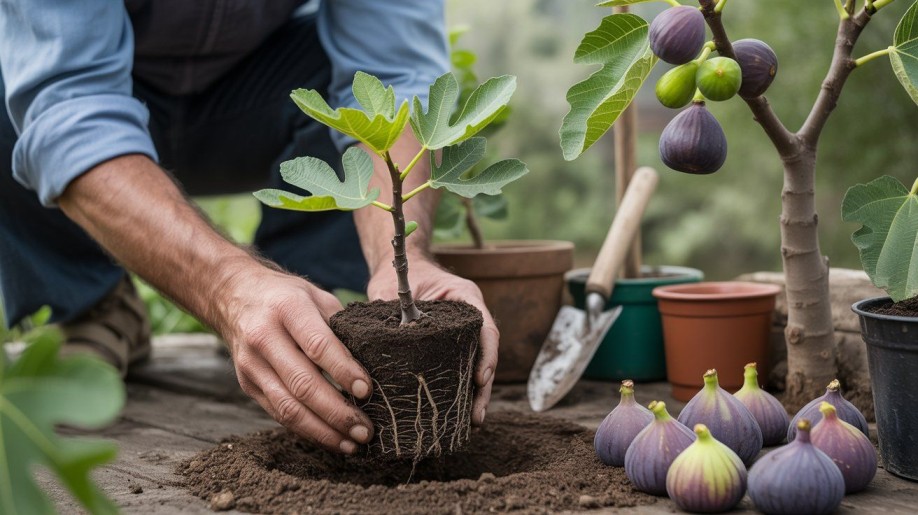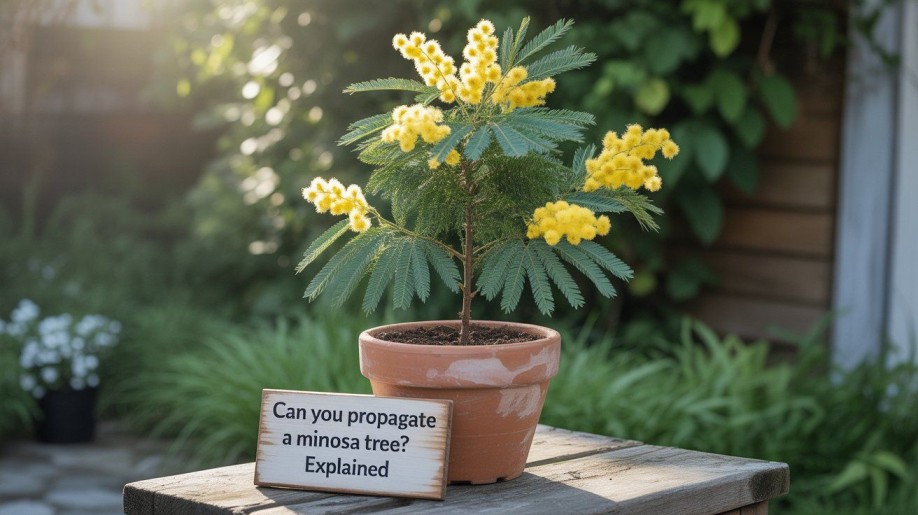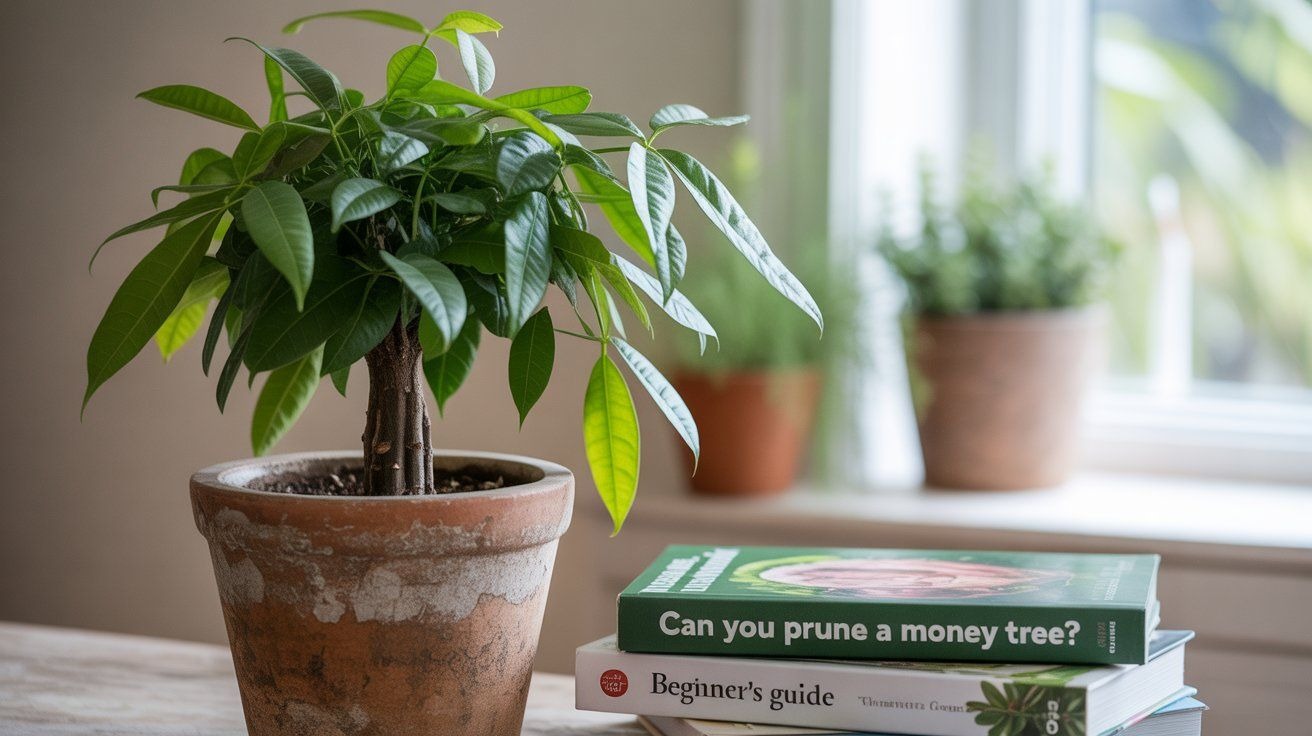Can you propagate a fig tree? Learn the easiest methods using cuttings, layering, and tips for growing healthy new fig trees at home.
Why Propagate Fig Trees?
There are many reasons to propagate a fig tree instead of buying new plants. Propagation is cost-effective and ensures the new tree is a true genetic copy of the parent, preserving fruit flavor and yield.
It’s also faster than growing from seed, which may not produce reliable results. By using cuttings, layering, or root division, gardeners can expand their orchard, share plants, or replace aging trees while maintaining the same desirable fig tree characteristics.

Best Time to Propagate Figs
The ideal moment to propagate a fig tree depends on the method. Hardwood cuttings are best taken during the dormant season in late winter, when the tree directs little energy toward growth. For softwood cuttings, late spring to early summer offers warmer temperatures that encourage rooting.
In tropical climates, propagation can be attempted year-round, though success rates vary. Choosing the right season helps ensure stronger roots, healthier shoots, and a thriving young fig tree ready for transplanting.
Propagation by Stem Cuttings
One of the easiest ways to propagate a fig tree is through stem cuttings. Hardwood cuttings, taken in late winter, root well in moist soil with good drainage. Softwood cuttings, collected in spring or summer, also work but require higher humidity and careful watering.
Using rooting hormone can improve success, though figs often root without it. With patience, cuttings typically form roots in 4–8 weeks, giving you a healthy young fig tree that mirrors the parent plant.
Air Layering & Ground Layering Methods
| Layering Method | How It Works | Benefits | Notes / Success Rate |
|---|---|---|---|
| Air Layering | Wound a branch, wrap with damp moss, wait for roots, then cut free | Branch remains attached to parent, receives nutrients, high success | Slower than cuttings but produces strong, well-established plants |
| Ground Layering | Bend a low branch, cover part with soil until roots form | Simple, easy for beginners, branch nourished by parent | High success rate, requires less maintenance |
| Comparison to Cuttings | Cut branch, plant in soil with rooting hormone | Faster method | Lower success than layering because branch is detached early |
Root Division & Alternative Methods
For mature plants, dividing roots is another way to propagate a fig tree. This method works best with container-grown figs, where the root ball can be carefully separated into sections, each containing healthy roots and shoots.
These divisions are then replanted to grow independently. Although less common than cuttings or layering, root division is effective for rejuvenating crowded pots. Some gardeners also experiment with seed propagation, though it’s less reliable for producing fruiting fig tree varieties.
Caring for Young Propagated Fig Trees
After you successfully propagate a fig tree, proper care is crucial for healthy growth. Newly rooted plants need consistent moisture but should never sit in waterlogged soil. Place them in a location with bright, indirect sunlight until they establish stronger roots.
Gradually transition them outdoors to full sun exposure. Fertilize lightly to encourage steady development, avoiding overfeeding which can stress young plants. With attentive care, your propagated fig tree will adapt quickly and begin thriving in its new environment.

Common Mistakes to Avoid in Fig Propagation
When trying to propagate a fig tree, several mistakes can reduce success. Using unhealthy or diseased cuttings often leads to poor rooting. Overwatering is another common issue, as excess moisture can cause rot before roots develop.
Planting cuttings in heavy, compacted soil also hinders growth. Skipping gradual acclimatization to sunlight may stress young plants. To improve results, always choose healthy wood, use well-draining soil, and maintain balanced watering. These precautions help ensure your fig tree propagation thrives.
Benefits of Fig Tree Propagation
Learning to propagate a fig tree offers many rewards. It saves money by eliminating the need to purchase new plants while allowing gardeners to expand orchards or share trees with friends. Propagation also preserves the exact qualities of the parent, such as fruit flavor, size, and productivity.
Additionally, it provides a sustainable way to replace aging or damaged trees. By mastering propagation, you ensure a steady supply of healthy, productive fig tree plants for years to come.

FAQ: Propagating Fig Trees
Q1: How long does it take to propagate a fig tree?
Typically, cuttings root in 4–8 weeks, depending on conditions.
Q2: Do fig trees grow better from cuttings or seeds?
Cuttings are preferred since they produce a true clone of the parent fig tree.
Q3: Can you propagate figs in water?
Yes, fig cuttings can root in water, but soil or moss usually provides stronger root systems.

Jhanzaib Khan, with over 50 years of dedication to nature and tree conservation, is a leading authority in the world of trees and environmental care. From his early years exploring forests to guiding communities in sustainable tree planting, Jhanzaib has combined hands-on experience with a lifelong passion for the environment. He specializes in tree species identification, tree care, forest management, and environmental awareness. His insights have been featured in multiple nature blogs, workshops, and local conservation projects.





